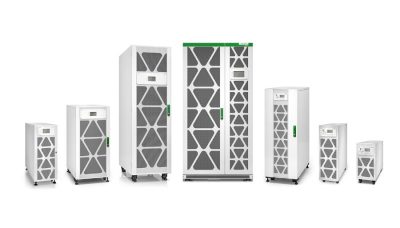UPS (Uninterruptible Power Supply) devices are extremely important for power protection, providing reliable power protection for electronic devices and avoiding data loss and damage caused by power outages and power fluctuations. However, there are different types of UPS devices on the market, and different users have different needs. So, how do you choose a UPS power source that suits you?
- Choose a UPS power supply according to the load capacity
Load capacity is one of the primary considerations for choosing a UPS power supply. Users can determine the required load capacity according to their work or living needs. Generally, the higher the load capacity of the UPS power supply, the better the power protection it provides, but the higher the cost will be. Therefore, we need to determine the load capacity according to the actual demand. For example, if we have three computers and need a UPS power supply, we calculate the power capacity of each device, let’s say 150 watts, with a total of 450 watts, then we need a UPS device with a capacity of at least 500 watts.
- Choose the appropriate UPS device
The type of UPS power supply is also an important factor in the selection process. Currently, the market is mainly divided into three types: Offline UPS, Line Interactive UPS, and Online UPS.
- Offline UPS is affordable , but it only protects hardware in case of power outages and voltage surges.
- Online UPS is relatively expensive, but it can keep equipment running at any time, with zero seconds of transfer time in case of power outages, making it recommended for critical loads such as medical equipment, servers, and data centers.
- As for Line Interactive UPS, it is priced in between Offline and Online UPS, with a shorter transfer time than Offline UPS.
- Choose the output voltage for the UPS power supply
The output voltage of the UPS power supply contains different types of single-phase and three-phase. Before choosing, you need to choose according to the required output voltage of the desired equipment. If the device requires a single-phase output, you need to choose a single-phase UPS power supply, otherwise, you need to choose a three-phase UPS power supply.
- Choose additional functions for the UPS power supply
Different brands of UPS power supplies also have different functions, and you need to compare the different options according to your own usage requirements. For example, some UPS power supplies may have a USB or RS232 interface to connect the device to a computer system to achieve automatic shutdown function and monitor the status of the UPS power supply. In addition, some power sources may provide other functions, such as digital display, self-diagnosis, automatic load adjustment, etc.
Therefore, to choose a UPS power source that suits you, you need to comprehensively consider many factors such as cost performance, function, and capacity according to actual needs.
With our experience in supplying Schneider Electric UPS devices, our products are constantly updated to meet the requirements of users, and there are different options for different types of customers. In project-based UPS applications, our professional staff will also configure safe and reliable solutions based on project information.


















